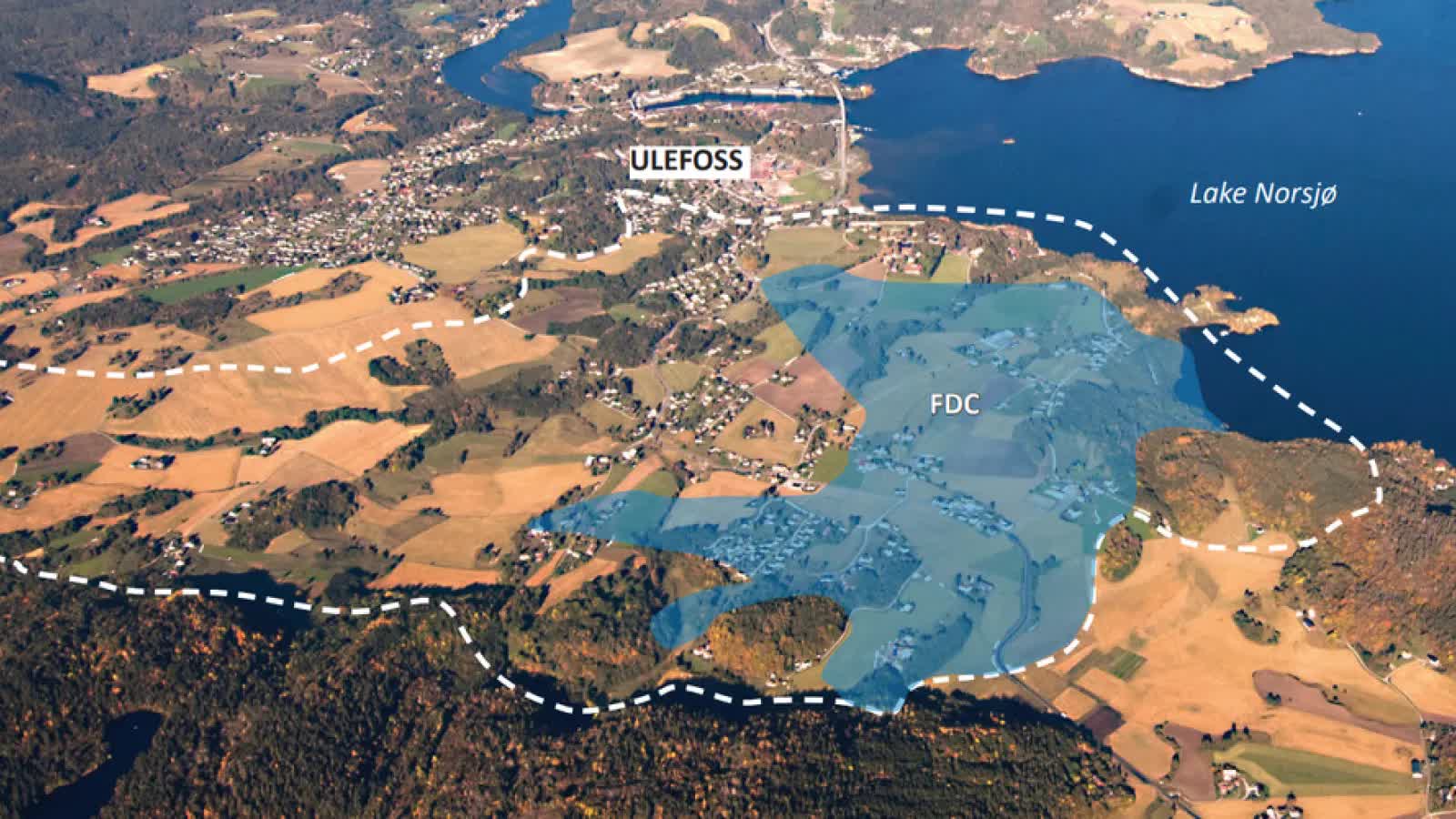What just happened? A discovery has been made within an ancient volcano in Europe that has major implications not just for the continent’s renewable energies industry, but also for the EU’s goal of lessening its reliance on China for rare earth deposits.
Norwegian mining company Rare Earths Norway (REN) announced that after three years of exploration, it has discovered Europe’s largest proven deposit of rare earth elements.
REN said that its Fen Carbonatite Complex deposit in the southeast of Norway has an estimated 8.8 megatons of rare earth oxides with a reasonable prospect for eventual economic extraction. Within that deposit, there is an estimated 1.5 million metric tons of magnet-related rare earths, which can be used in electric motors and generators, as well as other clean energy technologies such as wind turbines. They’re also found in consumer electronics, medical devices, touch screens, and more.
“The resource estimate underscores the potential of the deposit to be a truly transformative asset that can underpin a secure rare earths value chain for Europe,” Rare Earths Norway CEO Alf Reistad said in a statement.

Located southwest of Norway’s capital city Oslo, near Lake Norsjø, the complex was the pipe of an active volcano around 580 million years ago, notes Live Science. The upper part of the volcano has since eroded away, exposing the 1.2-mile-in-diameter magma-filled pipe. REN says the magma, which has solidified into carbonatite, holds rare earth elements such as neodymium and praseodymium.
REN says the current work provides a mineral resource depth of 468 metres (1,535 feet) below mean sea level, with deposits likely reaching as far down as 1,000 meters (3,300 feet) below sea level.
The company expects that the development of new mining methods will increase the resource estimate. Exploration, development of new technologies, and test mining should lead to an investment of NOK10 billion ($942 million) to develop the first stage of mining within 2030.
Most rare earth elements are located in China. It’s estimated that the country accounts for 70% of the global rare earth ore extraction, and 90% of the rare earth elements are processed in the Asian nation.
Europe’s Critical Raw Materials Act aims to extract at least 10% of the EU’s annual demand for rare earths. REN says its discovery could cover that amount.
In 2022, European Commission President Ursula von der Leyen said lithium and rare earths were replacing gas and oil at the heart of the EU’s economy, and that demand for the elements will increase fivefold by 2030. While the clean energy implications mean this is a good sign, the fact China dominates the market is a concern.

